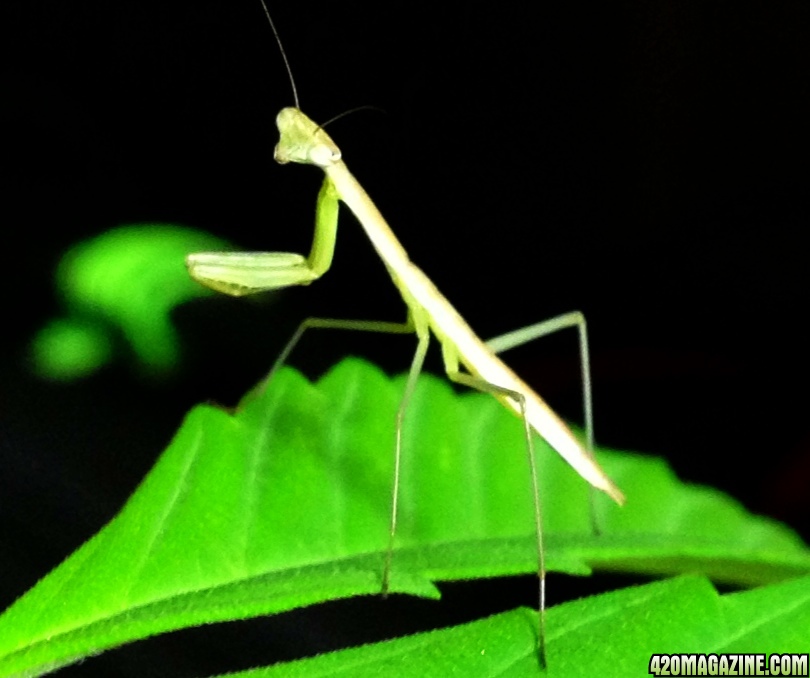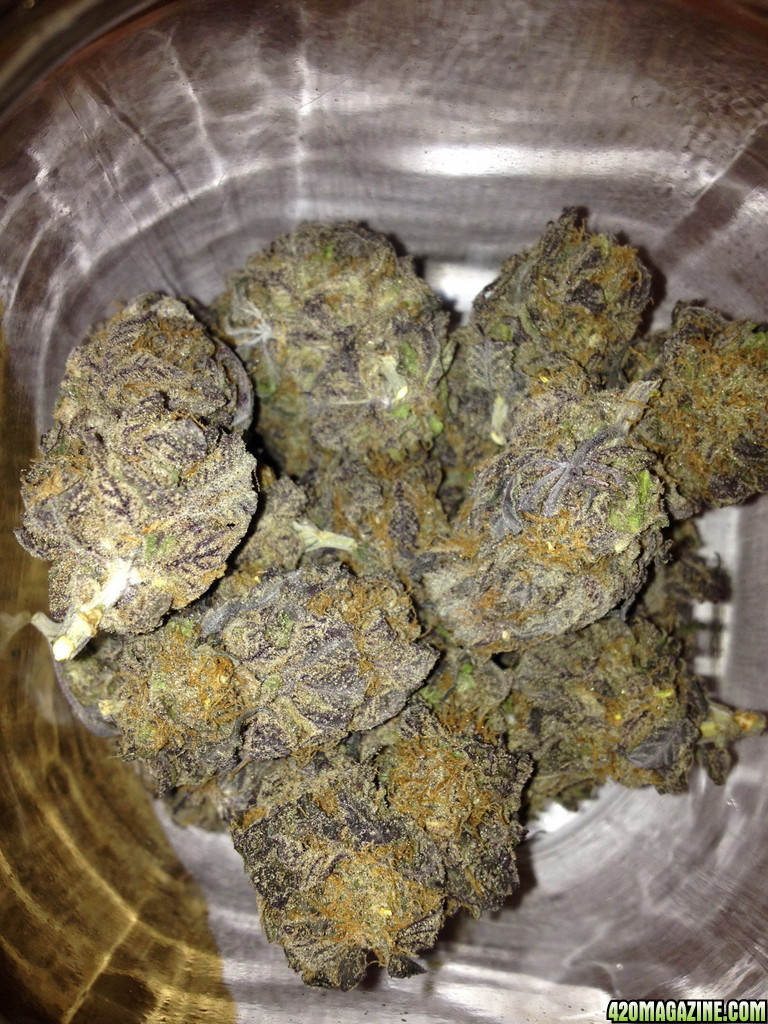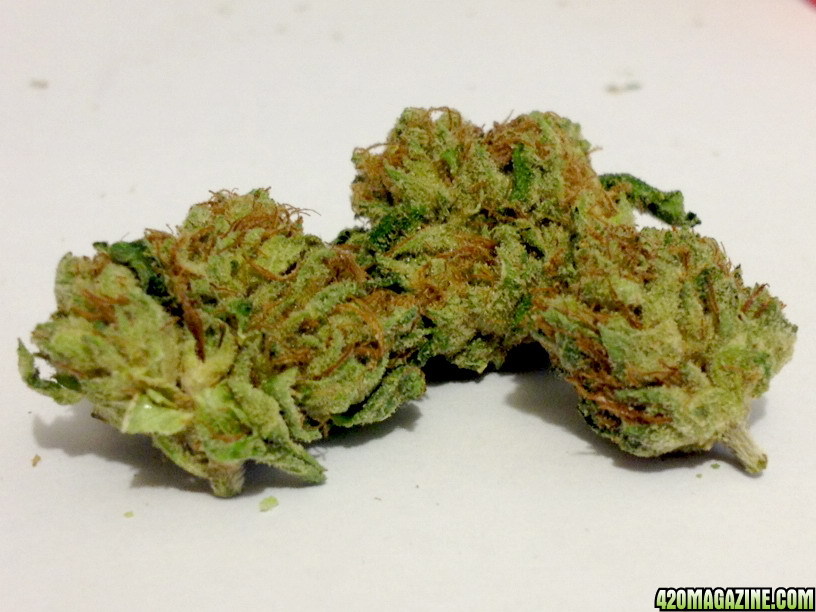Some current thoughts:
It looks like 2/5 of the plants seem "slightly long limbed", and have long internodal distances, they show no sign of relenting growth in a vertical fashion, this slightly suggests them both being male.
The remaining 3/5 plants have slowed down growth together, almost in synchronous with each other, it could actually be the soil substate, not drying out uniformly...or it could be that I don't know anything about Russian Ruderalis...this suggests three possible females (on a good day)... which is right at where I would want to be... the ideal ratio being our perfect 50%.. it can either be far beyond what is naturally perfect... in this case, since I cannot have 2.5 plants, I should either have 3 females and 2 males, or 3 males, and 2 females. Anything else will just be wild luck.
I'm expecting to see some male pollen sack production soon, we'll see if it's on the ones I guessed would be male just based off growth patterns,etc....they also have put a lot of energy into main stalk at this time. One thing I wanted to mention about the main stalk is that with photosynthesis we are producing glucose, a simple sugar that is most often found linked together as a polymer linked by those photosynthetic reaction products. In time, it becomes very fibrous, and strong. When there is no light, the plant must do cellular respiration to break down and harvest multiple units of that cellulose polymer.. (think of cotton -- almost entirely pure cellulose), per molecule glucose we can obtain about 32 ATP molecules which can then be broken down to harness and capture energy.
C6H12O6 (s) + 6 O2 (g) → 6 CO2 (g) + 6 H2O (l) + heat ----> basically sums it up. Instead of metabolizing CO2 during the night, we are actually creating it, as well as water!!! I never water at night, mainly for mold reasons, but this is another good reason not to. So, you can see why it is so important for them to store all photosynthetic products and link them together as a fiber inside the main stalk! They are also producing some heat as well as a result of the ΔG = −2880 kJ per mole of glucose released in the Gibbs Free Energy equation.
Anyway, that's all I could muster up for now, I am currently enjoying the rest of the Sour Apple (my god....), so I may come back with a follow up post later. Until then ciao





































